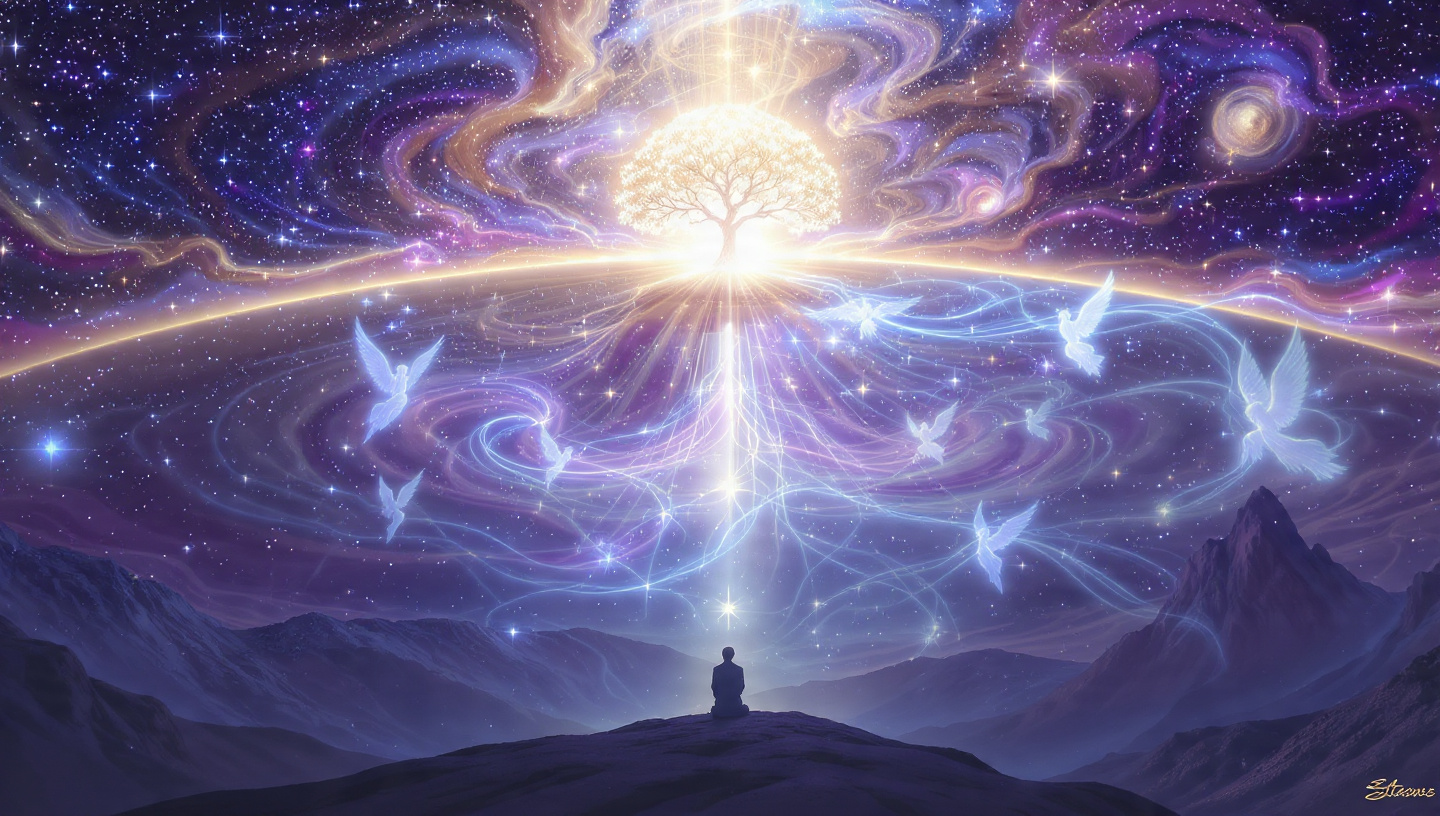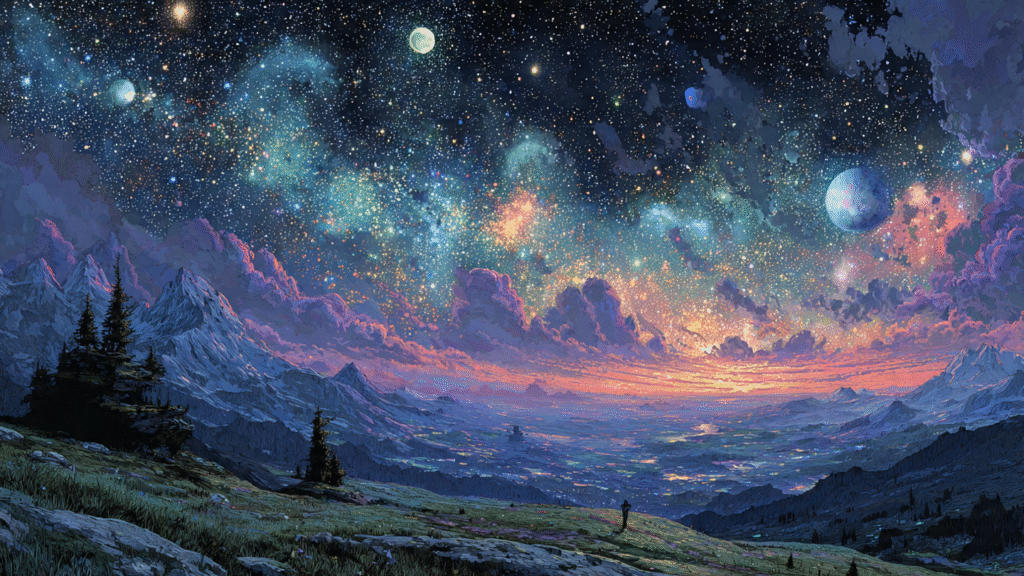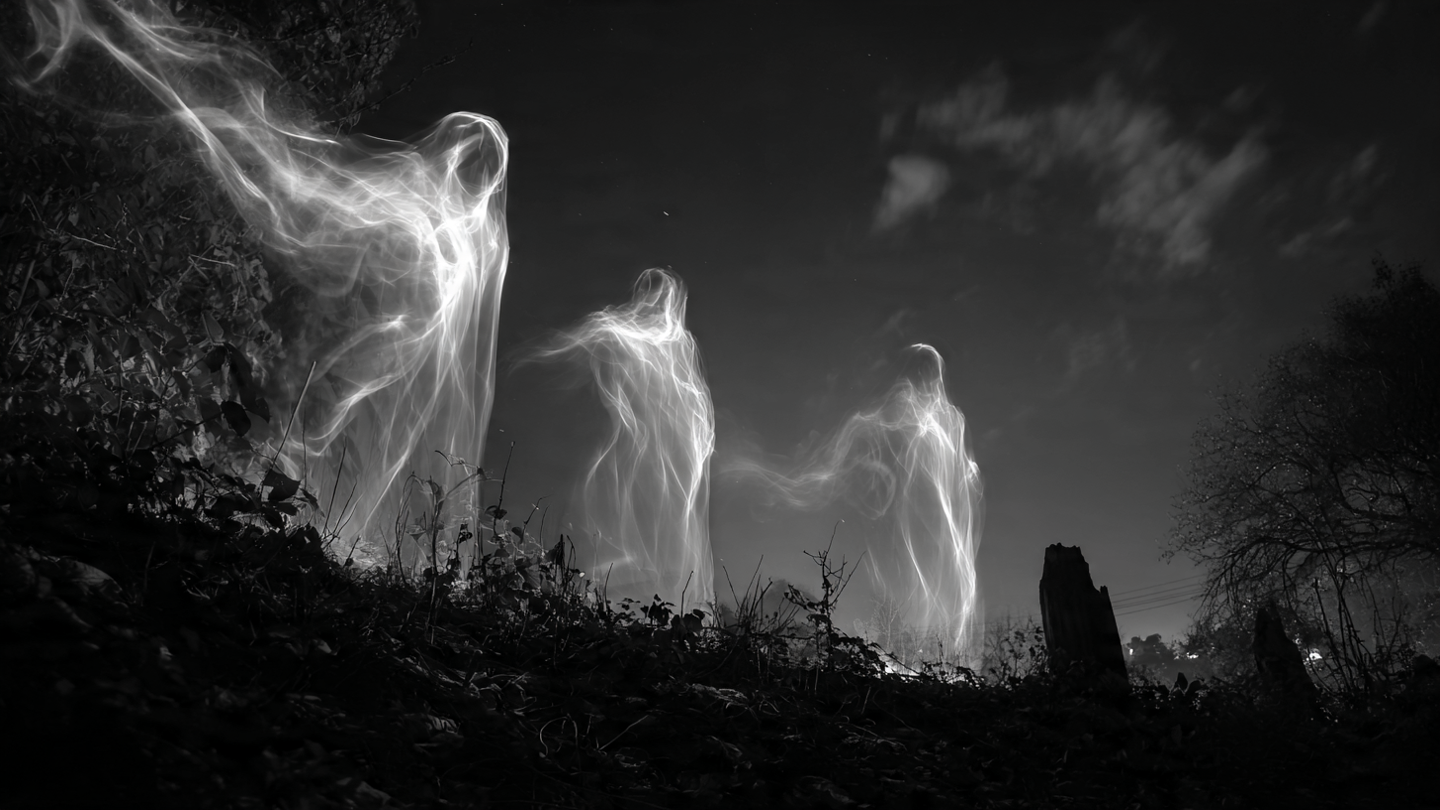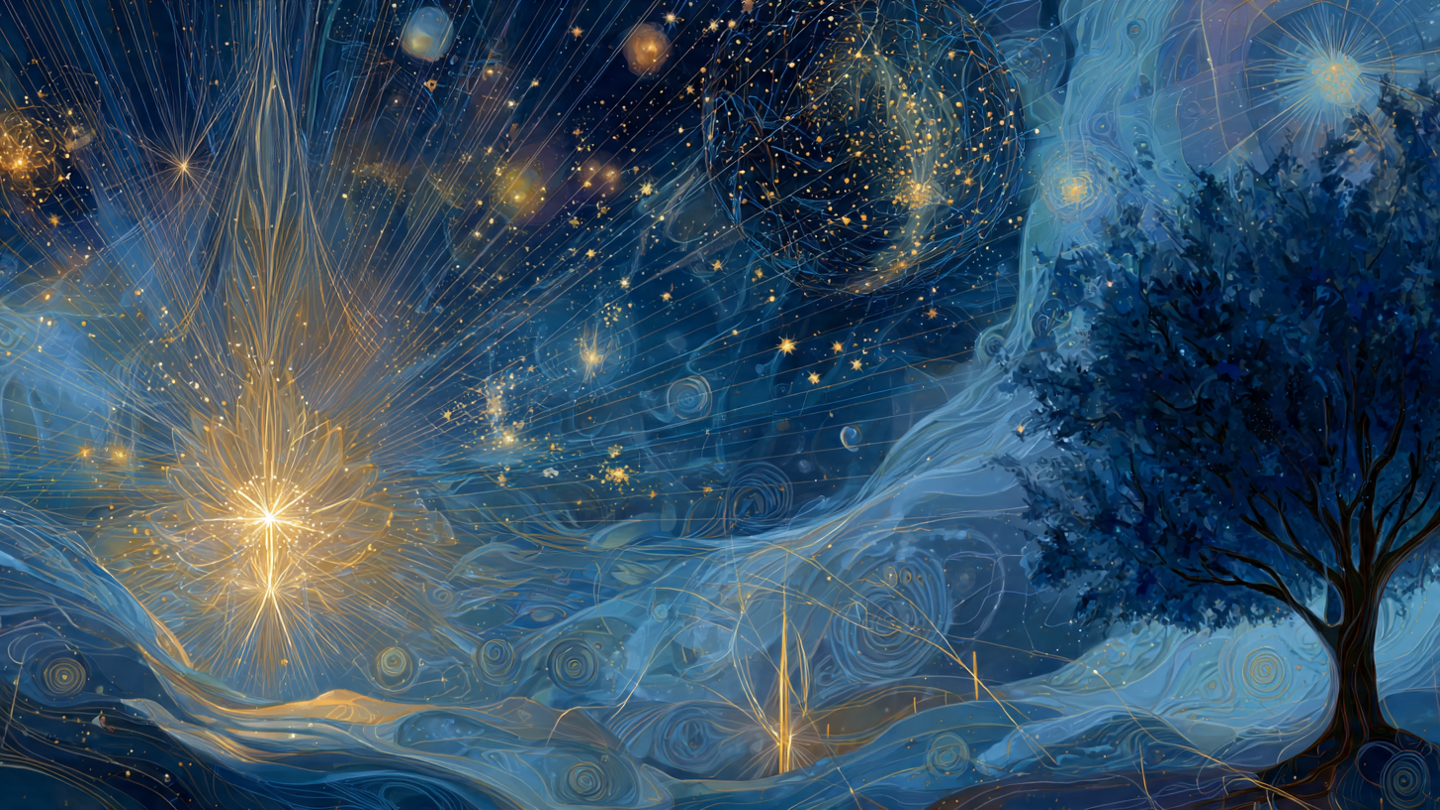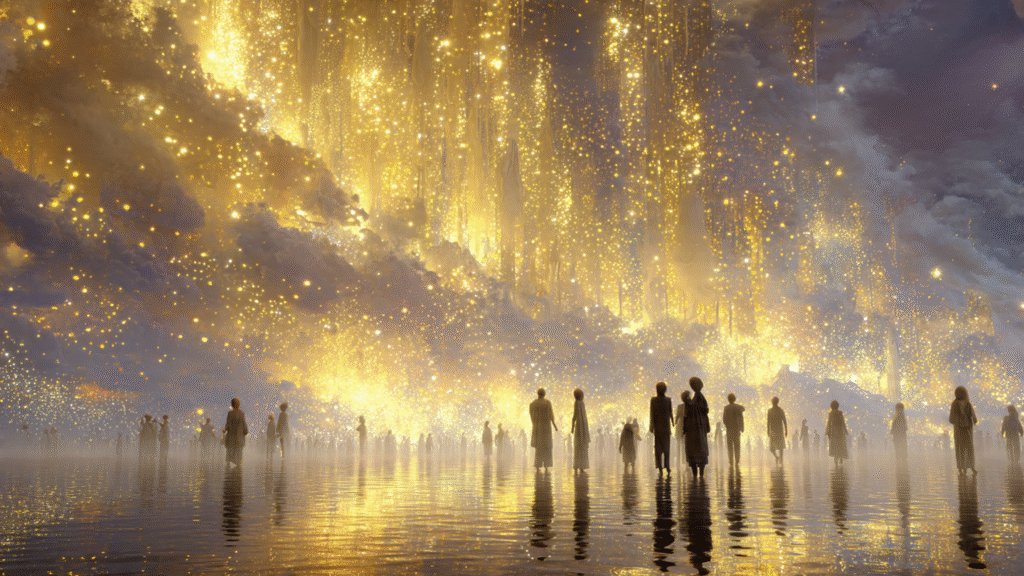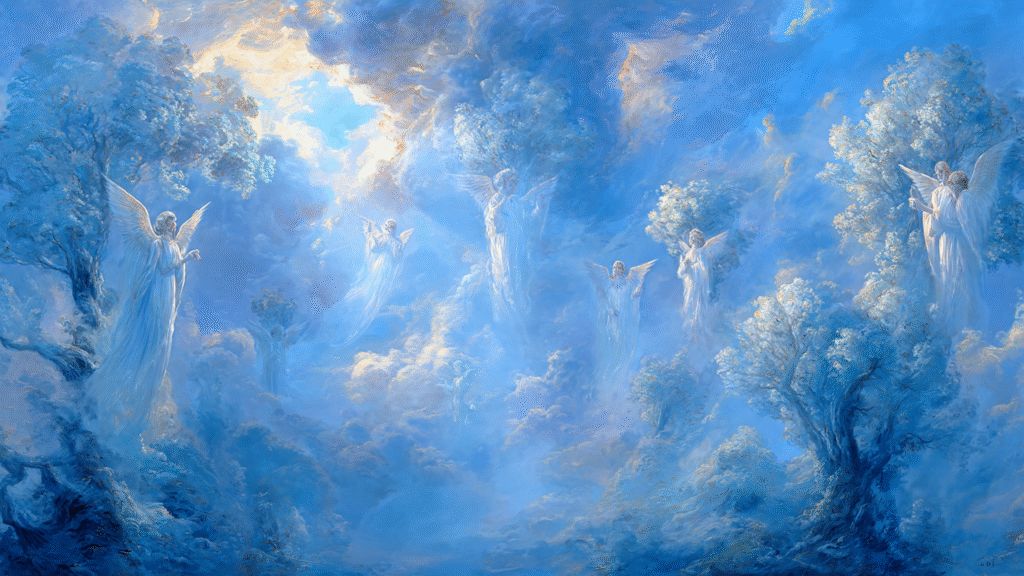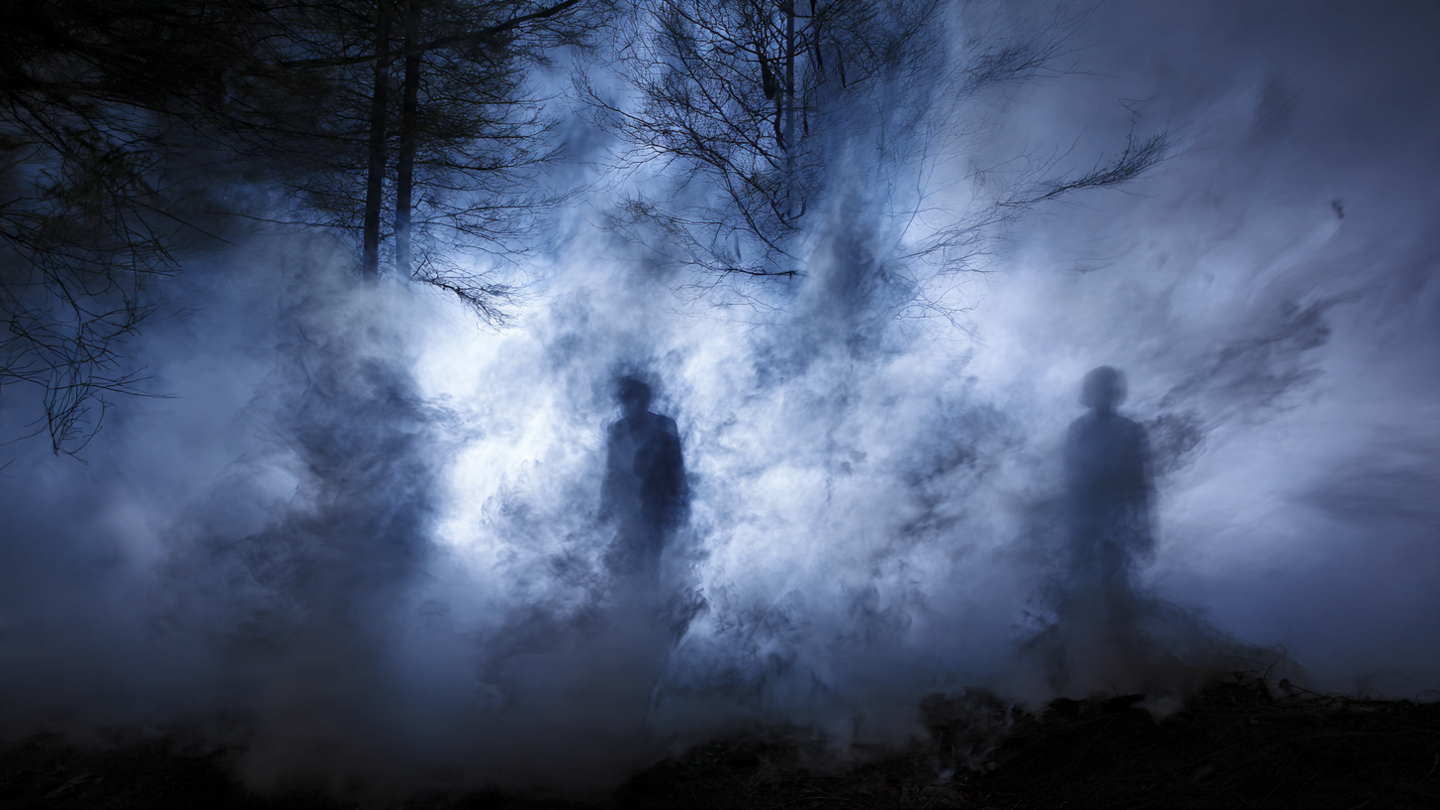Understanding the Realms of Rabbil Alameen: Exploring Hidden Worlds in Islam
In the name of Allah, the Most Gracious, the Most Merciful. Peace be upon you. A person who offers the five daily prayers recites Surah Al-Fatiha about 40 times a day. That is, Alhamdulillahi Rabbil Alameen, as a glory to the Lord of all the Realms (Surah Al-Fatiha 1:2). But which realms are those? At the basic level, one realm is this one, the worldly realm, and the other world is the hereafter. However, a more intriguing answer lies in the concept of dimensions. It has been shown that at least 10 dimensions exist in our universe, of which we can only perceive three. The remaining seven dimensions, often called higher dimensions, are beyond our visual grasp. An interesting perspective could be that these higher dimensions might also represent other worlds or realms.
The Difference Between Dimensions and Realms
Dimensions and worlds are not the same. Dimensions are considered to be 10 or 11, whereas the number of realms could be infinite. Every creature can have its own realm, and every realm can have its own creature, creating a vast tapestry of existence.
Scholarly Insights on Multiple Realms
The great Tabi’i scholar, Hazrat Abul Alia (r.a), who learned from the Prophet’s companions, stated that if all humans constitute one world and all jinns another, at least 18,000 different types of worlds must exist. Another revered Tabi’i, Hazrat Wahab ibn Munabbih (r.a), noted by Imam Nawawi for his unparalleled knowledge, claimed to have studied 92 divine books, 72 of which, like the Torah, were somewhat known to others. He confirmed that alongside the human and jinn realms, at least 18,000 more realms exist, far surpassing our world in number and scale. These realms are explored through meticulous study of the Quran and Hadith, and this article delves into 10 of them.
The Realm of Nasut
The first realm is Nasut, derived from ‘Nas,’ meaning human. This is the material universe where everything exists in physical form—humans, skies, stars, mountains, animals, plants, time, and space. It is the world we perceive, created as a test, as stated in the Quran: “He created death and life to test you as to which of you is best in deeds” (Surah Al-Mulk 67:2). Nasut is a realm of veils, where the soul’s reality is hidden behind the body, salvation behind worship, and punishment behind worldly luxuries. This physical realm is merely an outer veil, concealing deeper truths.
The Realm of Jinn
The realm closest to ours is that of the Jinn, mentioned frequently in the Quran. This world exists alongside ours but is invisible to us. Jinn, like humans, possess free will and are accountable for their actions, as Allah says: “I created jinn and humans only for My worship” (Surah Adh-Dhariyat 51:56). Created from smokeless fire (Surah Ar-Rahman 55:15; Surah Al-Hijr 15:27), Jinn can see us, but we cannot see them, as noted: “Iblis and his group see you from where you cannot see them” (Surah Al-A’raf 7:27). Some Jinn can change forms, appearing as animals or humans (Sahih Bukhari 6935). Hazrat Abdullah ibn Mas’ud (r.a) described Jinn as tall, angry figures or dark clouds. Unlike our world, where sound travels through air at 340 meters per second, Jinn’s sound medium may be plasma-like energy, creating distant, echoing reverberations that evoke fear (Sahih Muslim 2807). Time in their realm is stretched; a Jinn remains with its mother until 40 and may live up to 1,000 years, as evidenced by a Jinn named Hamma who met the Prophet (peace be upon him) and recalled seeing Prophet Noah (peace be upon him).
Alam-e-Mithal: The Realm of Examples
Above the Jinn realm lies Alam-e-Mithal, meaning ‘example’ or ‘image.’ This non-physical realm reflects our world’s reality with different meanings, often experienced in dreams. For instance, a falling star in a dream may signify a scholar’s death, as per: “They find paths by the stars” (Surah An-Nahl 16:16). Abdul Muttalib’s dream of a radiant tree foretold Islam’s rise. In Mithal, thoughts manifest as shapes, fears as dust storms. Souls access this realm, as the Prophet (peace be upon him) said: “Souls of believers can meet even if separated by a day and night” (Sahih Bukhari 7014). Time here is fluid, blending past, present, and future. Angels and evil spirits interact with us, as seen in Hazrat Amina’s dream-visions before the Prophet’s birth.
The Realm of Zor: The Covenant of Particles
The realm of Zor transcends physical laws, where Allah took a covenant from Adam’s progeny: “Am I not your Lord?” and they replied, “Yes” (Surah Al-A’raf 7:172). Every particle here recognizes Allah, as per the Hadith: “Every child is born upon fitrah” (Sahih Bukhari 1385). This recognition is eternal, though worldly influences may suppress it. Visually, Zor is an infinite glory of golden-white light, where weightless souls float in silent recognition of Allah, free of noise or distress.
The Realm of Arwah: The World of Souls
The realm of Arwah is where souls resided before entering bodies in the fourth month of gestation. The Prophet (peace be upon him) said souls acquainted there develop love in this world (Sahih Muslim 2638a). Time here is dreamlike, where millions of years feel momentary. Arwah is a sea of light with wordless communication, where souls, grouped or solitary, hold love or remain strangers, reflecting their pre-worldly bonds.
The Realm of Barzakh: The Intermediate World
Barzakh is the realm post-death, a waiting area until Judgment Day: “They remain in Barzakh until the day they are resurrected” (Surah Al-Mu’minun 23:100). The Prophet (peace be upon him) said: “The grave is either a garden of Paradise or a pit of Hell” (Sunan at-Tirmidhi 2830). Souls here experience peace or torment based on deeds, with time feeling like moments despite centuries passing (Surah Yasin 36:52). Good souls appear as gardens, evil ones as smoky pits, enveloped in light or darkness.
The Realm of Angels
The angelic realm, closest after the Jinn, is a luminous world without sin, where angels obey Allah’s commands (Surah At-Tahrim 66:6). Countless angels perform tasks like bringing rain or protecting humans. This radiant realm, untainted by sun or moon, features angels as flames, light waves, or fleeting lightning. Some, like Kiraman Katibin, write with shining pens, while mighty Cherubims emanate praises. Time here is non-linear, with angels present in multiple places simultaneously.
The Realm of Malakut
Malakut, revealed to Prophet Ibrahim (peace be upon him), showcases the heavens and earth’s spiritual map: “We showed Abraham the realms of the heavens and earth” (Surah Al-An’am 6:75). Standing on the Sakhra rock, Ibrahim saw angels, blessings, and deeds ascending. In Malakut, everything’s reality—such as a leaf’s photosynthesis—is visible, with silent knowing replacing noise.
The Realm of Jabarut
Jabarut, or Alam al-Amr, is where Allah’s commands like “Kun Fayakun” manifest (Surah Yasin 36:82). Waves of mercy, majesty, and wisdom resonate, with mighty angels like Gabriel, seen with 600 wings (Sahih Bukhari 3232), and Throne-bearers. A river, Nahr al-Hayawan, produces angels daily from Gabriel’s wing-drops, glorifying Allah.
The Realm of Lahut
Lahut, the divine realm above the Throne, is inaccessible to creatures, embodying Allah’s majesty alone. No intellect can grasp it; only infinite waves of praise exist. This is the ultimate realm, where the Lord, Rabbil Alameen, reigns supreme, praised 40 times daily in Surah Al-Fatiha.
The Revelation: Realms as Allah’s Attributes
While 18,000 realms exist, only 10 are covered here. A Hadith from Al-Maqasid Al-Hasanah states: “Allah said, I was a hidden treasure. I desired to be recognized, so I created creatures”. Each realm reflects Allah’s attributes:
- Nasut: Reflects Allah as Creator, Shaper, Designer.
- Jinn: Reflects Allah as Overcomer, Protector.
- Mithal: Reflects Allah as Apparent, Hidden.
- Zor: Reflects Allah as Witness, Protector of Testimony (Surah Al-A’raf 7:172).
- Arwah: Reflects Allah as Giver of Life, Death.
- Barzakh: Reflects Allah’s Justice (Surah Al-Mu’minun 23:100).
- Angels: Reflects Allah’s Purity (Surah At-Tahrim 66:6).
- Malakut: Reflects Allah’s Wisdom (Surah Al-An’am 6:75).
- Jabarut: Reflects Allah as Al-Jabbar, Mighty (Surah Yasin 36:82).
- Lahut: Reflects Allah’s Eternal Unity.
These realms form a universe sustained by Allah’s grace, the Lord of all worlds.
Conclusion
The realms of Rabbil Alameen, from Nasut to Lahut, reflect Allah’s divine attributes, inviting reflection on creation, worship, and our return to Him, the Lord praised in Alhamdulillah Rabbi Al-Alameen.
Source Credit
This article is inspired by the video ‘Rabbil Alameen: Exploring the Hidden Realms’ on Furqan Qureshi Blogs. Watch it here: Watch Now.
